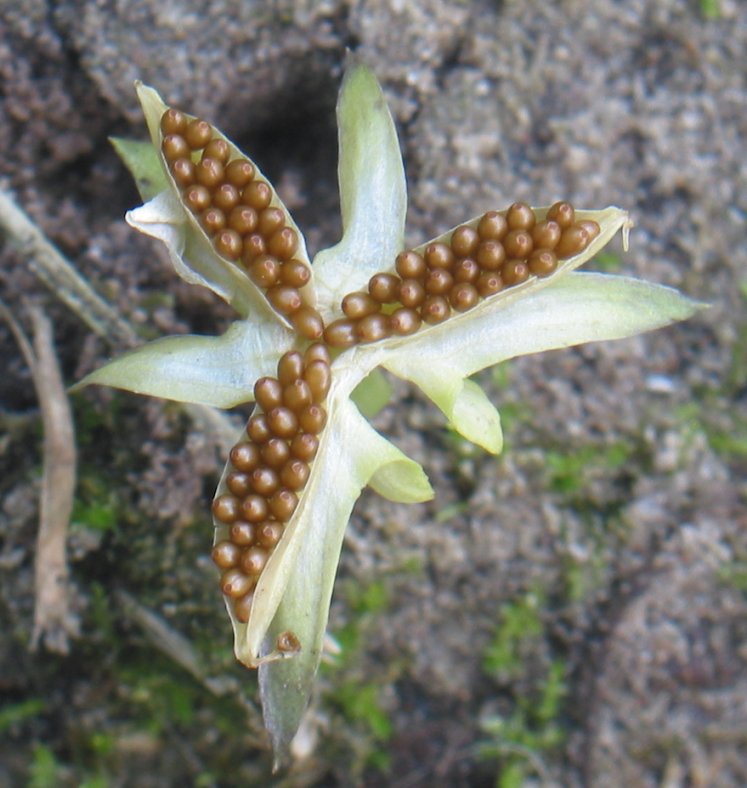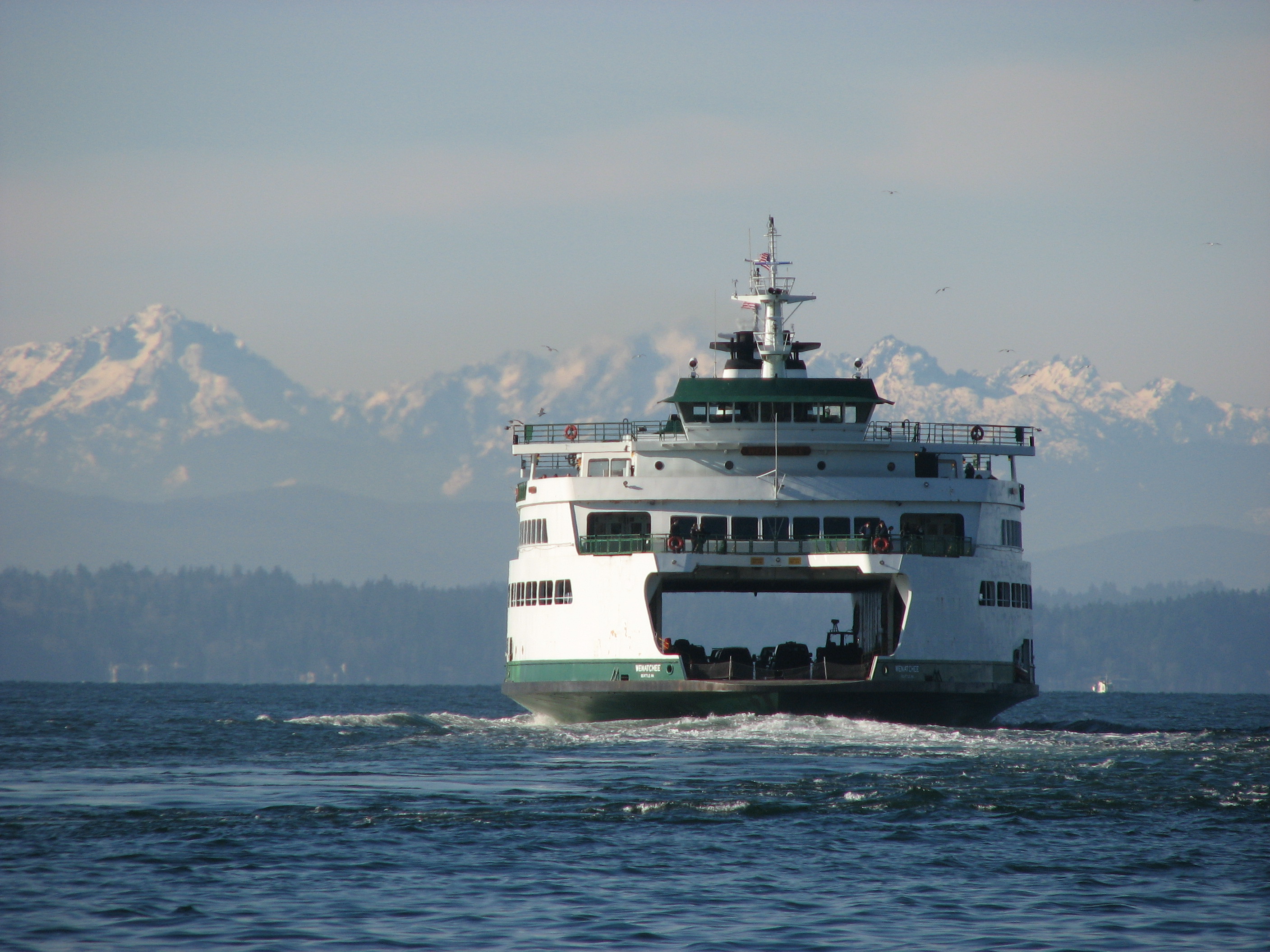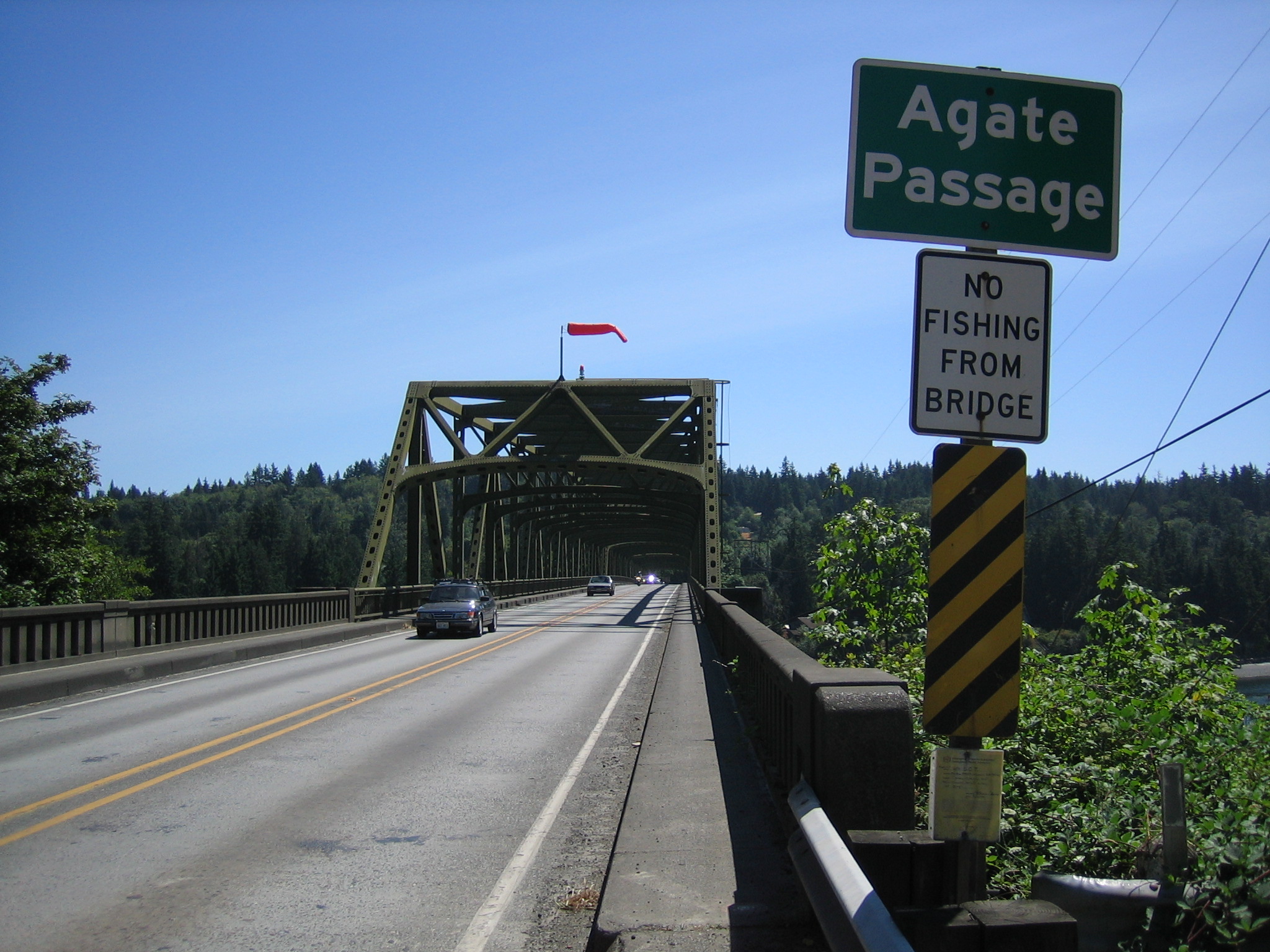|
Alfred Thomas Agate
Alfred Thomas Agate (February 14, 1812 – January 5, 1846) was a noted American artist, painter and miniaturist. Agate lived in New York from 1831 to 1838. He studied with his brother, Frederick Styles Agate, a portrait and historical painter. He later went on to study with Thomas Seir Cummings. By the late 1830s, Agate was exhibiting his work at the National Academy of Design in New York, and established himself as a skilled painter in oils. He was elected into the National Academy of Design as an honorary member in 1840. Agate drew landscapes, portraits, and scientific illustrations. For much of his landscapes, Agate used a camera lucida, a device which projected the scene onto a piece of paper for purposes of tracing. Expedition Agate created many artworks during his service with the United States Exploring Expedition of 1838–1842 under Charles Wilkes. He was especially good at botanical illustrations, and was the designated portrait and botanical artist of the ... [...More Info...] [...Related Items...] OR: [Wikipedia] [Google] [Baidu] |
Sparta, New York
Sparta is a town in Livingston County, New York, United States. The population was 1,624 at the 2010 census. Sparta is in the southeast part of the county and is north of Dansville. History The area was first settled ''circa'' 1794. Sparta was established in 1789 before the establishment of Livingston County. Eventually, Sparta was diminished by the removal of land for other towns, including Springwater (1816), West Sparta (1846), and Groveland (1856). Sparta also received territory from other towns: Dansville (in Steuben County) (1822) and Groveland (1856). Notable people * Alfred Agate, (1812–1846), born in Sparta, noted painter * Frederick Styles Agate, (1803–1844), resident of Sparta, brother of Alfred Agate, noted portraitist and painter * Daniel Shays, leader of Shays' Rebellion, lived his later life here Geography According to the United States Census Bureau, the town has a total of , all land. A small part of the south town line is the border of Steuben ... [...More Info...] [...Related Items...] OR: [Wikipedia] [Google] [Baidu] |
Smithsonian Institution
The Smithsonian Institution ( ), or simply the Smithsonian, is a group of museums and education and research centers, the largest such complex in the world, created by the U.S. government "for the increase and diffusion of knowledge". Founded on August 10, 1846, it operates as a trust instrumentality and is not formally a part of any of the three branches of the federal government. The institution is named after its founding donor, British scientist James Smithson. It was originally organized as the United States National Museum, but that name ceased to exist administratively in 1967. Called "the nation's attic" for its eclectic holdings of 154 million items, the institution's 19 museums, 21 libraries, nine research centers, and zoo include historical and architectural landmarks, mostly located in the District of Columbia. Additional facilities are located in Maryland, New York, and Virginia. More than 200 institutions and museums in 45 states,States without Smithsonian ... [...More Info...] [...Related Items...] OR: [Wikipedia] [Google] [Baidu] |
Agatea
''Agatea'' is a genus of flowering plants in the violet family Violaceae, with seven accepted species, found in New Guinea and New Caledonia. Description Lianas or reclining shrubs with lanceolate to ovate leaves. The flowers are in terminal pseudo-racemes or racemoids, with white corollas that are strongly zygomorphic (bilaterally symmetrical) with the very large bottom petal differentiated into a claw and blade and saccate (pouch like) at the base. On the five stamens, the filaments are weakly connate with the two lowest anthers weakly calcarate (spurred) and possessing a large dorsal connective appendage that is entire and oblong-ovate. In the gynoecium, the style is filiform (threadlike) to clavate (club like). The fruit is a thin to thick-walled capsule with 3 or 6 valves. There are two seeds per carpel, that are strongly flattened and encircled with a broad thin wing. The chromosome number is 2n=16. Taxonomy The genus ''Agatea'' was first described by Gray in 185 ... [...More Info...] [...Related Items...] OR: [Wikipedia] [Google] [Baidu] |
Violet (plant)
''Viola'' is a genus of flowering plants in the violet family Violaceae. It is the largest genus in the family, containing between 525 and 600 species. Most species are found in the temperate Northern Hemisphere; however, some are also found in widely divergent areas such as Hawaii, Australasia, and the Andes. Some ''Viola'' species are perennial plants, some are annual plants, and a few are small shrubs. Many species, varieties and cultivars are grown in gardens for their ornamental flowers. In horticulture the term pansy is normally used for those multi-colored, large-flowered cultivars which are raised annually or biennially from seed and used extensively in bedding. The terms viola and violet are normally reserved for small-flowered annuals or perennials, including the wild species. Description Annual or perennial caulescent or acaulescent (with or without a visible plant stem above the ground) herbs, shrubs or very rarely treelets. In acaulescent taxa the foliage and ... [...More Info...] [...Related Items...] OR: [Wikipedia] [Google] [Baidu] |
Asa Gray
Asa Gray (November 18, 1810 – January 30, 1888) is considered the most important American botanist of the 19th century. His '' Darwiniana'' was considered an important explanation of how religion and science were not necessarily mutually exclusive. Gray was adamant that a genetic connection must exist between all members of a species. He was also strongly opposed to the ideas of hybridization within one generation and special creation in the sense of its not allowing for evolution. He was a strong supporter of Darwin, although Gray's theistic evolution was guided by a Creator. As a professor of botany at Harvard University for several decades, Gray regularly visited, and corresponded with, many of the leading natural scientists of the era, including Charles Darwin, who held great regard for him. Gray made several trips to Europe to collaborate with leading European scientists of the era, as well as trips to the southern and western United States. He also built an extensive ... [...More Info...] [...Related Items...] OR: [Wikipedia] [Google] [Baidu] |
Fiji
Fiji ( , ,; fj, Viti, ; Fiji Hindi: फ़िजी, ''Fijī''), officially the Republic of Fiji, is an island country in Melanesia, part of Oceania in the South Pacific Ocean. It lies about north-northeast of New Zealand. Fiji consists of an archipelago of more than 330 islands—of which about 110 are permanently inhabited—and more than 500 islets, amounting to a total land area of about . The most outlying island group is Ono-i-Lau. About 87% of the total population of live on the two major islands, Viti Levu and Vanua Levu. About three-quarters of Fijians live on Viti Levu's coasts: either in the capital city of Suva; or in smaller urban centres such as Nadi—where tourism is the major local industry; or in Lautoka, where the sugar-cane industry is dominant. The interior of Viti Levu is sparsely inhabited because of its terrain. The majority of Fiji's islands were formed by volcanic activity starting around 150 million years ago. Some geothermal activity st ... [...More Info...] [...Related Items...] OR: [Wikipedia] [Google] [Baidu] |
Bainbridge Island, Washington
Bainbridge Island is a city and island in Kitsap County, Washington. It is located in Puget Sound. The population was 23,025 at the 2010 census and an estimated 25,298 in 2019, making Bainbridge Island the second largest city in Kitsap County. The island is separated from the Kitsap Peninsula by Port Orchard, with Bremerton lying to the southwest. Bainbridge Island is a suburb of Seattle, connected via the Washington State Ferries system and to Poulsbo and the Suquamish Indian Reservation by State Route 305, which uses the Agate Pass Bridge. History For thousands of years, members of the Suquamish people and their ancestors lived on the land now called Bainbridge Island. There were nine villages on the island; these included winter villages at Port Madison, Battle Point, Point White, Lynwood Center, Port Blakely, and Eagle Harbor, as well as summer villages at Manzanita, Fletcher Bay, and Rolling Bay. In 1792, English explorer Captain George Vancouver spent several ... [...More Info...] [...Related Items...] OR: [Wikipedia] [Google] [Baidu] |
Agate Passage
Agate Pass or Agate Passage is a high-current tidal strait in Puget Sound connecting Port Madison and mainland Kitsap County in the US state of Washington. It lies between Bainbridge Island and the mainland of the Kitsap Peninsula near Suquamish. It leads south towards Bremerton, extending about one mile (1.6 km) in a straight, southwesterly direction. The depth is about . The shores are wooded and fairly steep. The shoreline is mostly rocky and fringed with kelp to Point Bolin. The tidal currents have velocities up to six knots; the flood tide sets southwesterly, and the ebb tide northeasterly. The traditional winter village of the Suquamish people was located on Agate Pass. It was the site of Old Man House, the largest longhouse on Puget Sound, and Haleets, a petroglyph. Agate Pass was unknown to non-native people until it was discovered by the Wilkes Expedition in 1841. Before then, Europeans thought Bainbridge Island was a peninsula. It was named by U.S. Navy Lt. Charle ... [...More Info...] [...Related Items...] OR: [Wikipedia] [Google] [Baidu] |
Naval Historical Foundation
The Naval Historical Foundation, a nonprofit organization founded in 1926, has a broad mission to preserve and promote the naval history of the United States by supporting official Sea Services programs and institutions, meeting the needs of the public for naval history, and collecting historical items. The foundation is located at the Washington Navy Yard, in Washington, D.C. Awards The Commodore Dudley W. Knox Naval History Lifetime Achievement Award was established by the Naval Historical Foundation in Washington, D.C., to honor the memory of the naval historian Commodore Dudley W. Knox and to recognize the lifetime achievements of historians of the United States Navy. Knox Award recipients * 2013 James C. Bradford, William N. Still, Jr., Philip K. Lundeberg * 2014 John Hattendorf, Craig L. Symonds, William S. Dudley, Harold D. Langley. *2015 Dean C. Allard, Thomas J. Cutler, Kenneth J. Hagan *2016 Christopher McKee *2017 Jon Sumida, Paul Stillwell, Edward Marolda *2019 ... [...More Info...] [...Related Items...] OR: [Wikipedia] [Google] [Baidu] |
Tuberculosis
Tuberculosis (TB) is an infectious disease usually caused by ''Mycobacterium tuberculosis'' (MTB) bacteria. Tuberculosis generally affects the lungs, but it can also affect other parts of the body. Most infections show no symptoms, in which case it is known as latent tuberculosis. Around 10% of latent infections progress to active disease which, if left untreated, kill about half of those affected. Typical symptoms of active TB are chronic cough with hemoptysis, blood-containing sputum, mucus, fever, night sweats, and weight loss. It was historically referred to as consumption due to the weight loss associated with the disease. Infection of other organs can cause a wide range of symptoms. Tuberculosis is Human-to-human transmission, spread from one person to the next Airborne disease, through the air when people who have active TB in their lungs cough, spit, speak, or sneeze. People with Latent TB do not spread the disease. Active infection occurs more often in people wi ... [...More Info...] [...Related Items...] OR: [Wikipedia] [Google] [Baidu] |
Columbia River
The Columbia River ( Upper Chinook: ' or '; Sahaptin: ''Nch’i-Wàna'' or ''Nchi wana''; Sinixt dialect'' '') is the largest river in the Pacific Northwest region of North America. The river rises in the Rocky Mountains of British Columbia, Canada. It flows northwest and then south into the U.S. state of Washington, then turns west to form most of the border between Washington and the state of Oregon before emptying into the Pacific Ocean. The river is long, and its largest tributary is the Snake River. Its drainage basin is roughly the size of France and extends into seven US states and a Canadian province. The fourth-largest river in the United States by volume, the Columbia has the greatest flow of any North American river entering the Pacific. The Columbia has the 36th greatest discharge of any river in the world. The Columbia and its tributaries have been central to the region's culture and economy for thousands of years. They have been used for transportat ... [...More Info...] [...Related Items...] OR: [Wikipedia] [Google] [Baidu] |
Chinook People
Chinookan peoples include several groups of Indigenous people of the Pacific Northwest in the United States who speak the Chinookan languages. Since at least 4000 BCE Chinookan peoples have resided along the Lower and Middle Columbia River (Wimahl) (″Great River″) from the river's gorge (near the present town of The Dalles, Oregon) downstream (west) to the river's mouth, and along adjacent portions of the coasts, from Tillamook Head of present-day Oregon in the south, north to Willapa Bay in southwest Washington. In 1805 the Lewis and Clark Expedition encountered the Chinook Tribe on the lower Columbia. The term "Chinook" also has a wider meaning in reference to the Chinook Jargon, which is based on Chinookan languages, in part, and so the term "Chinookan" was coined by linguists to distinguish the older language from its offspring, Chinuk Wawa. There are several theories about where the name ″Chinook″ came from. Some say it is a Chehalis word ''Tsinúk'' for the inha ... [...More Info...] [...Related Items...] OR: [Wikipedia] [Google] [Baidu] |


.jpg)





